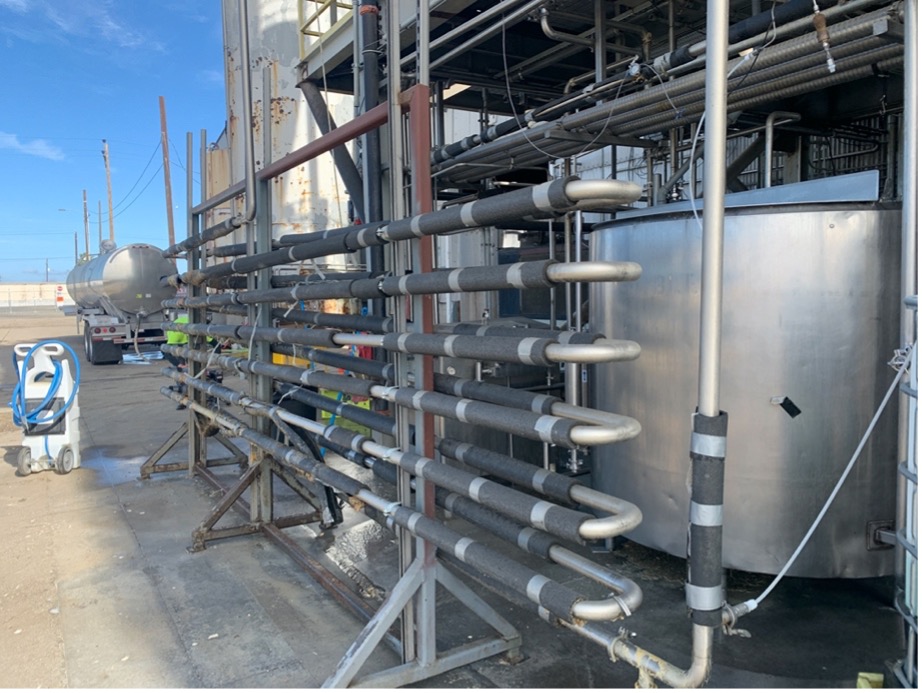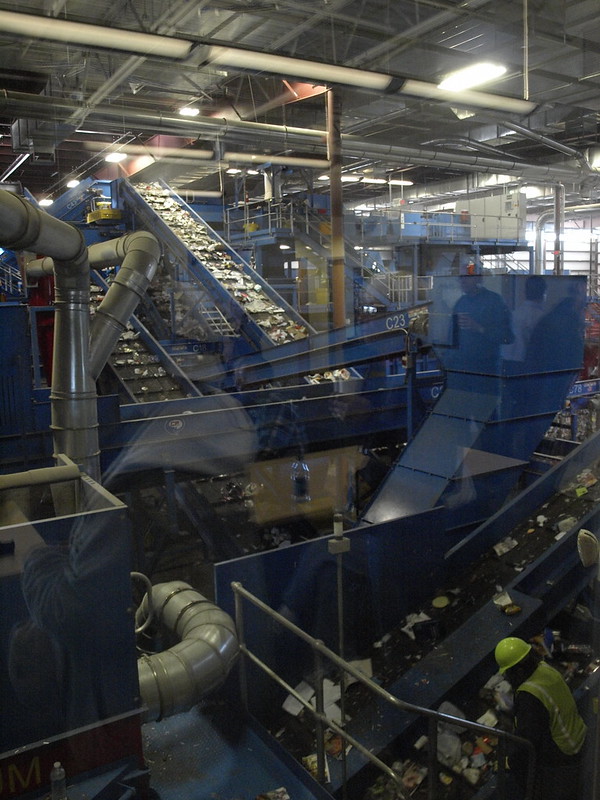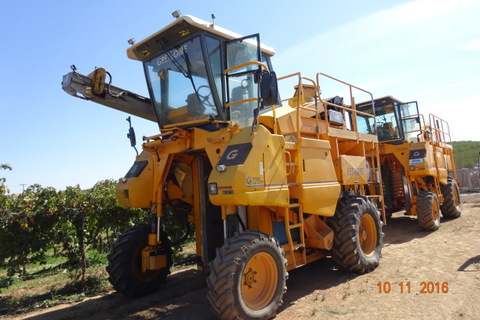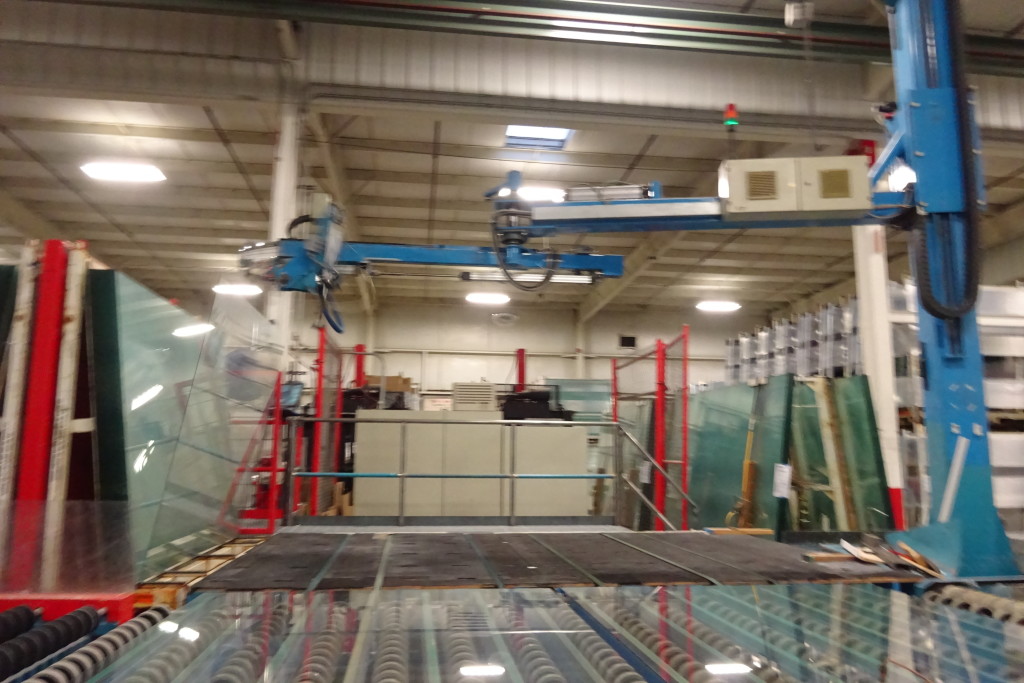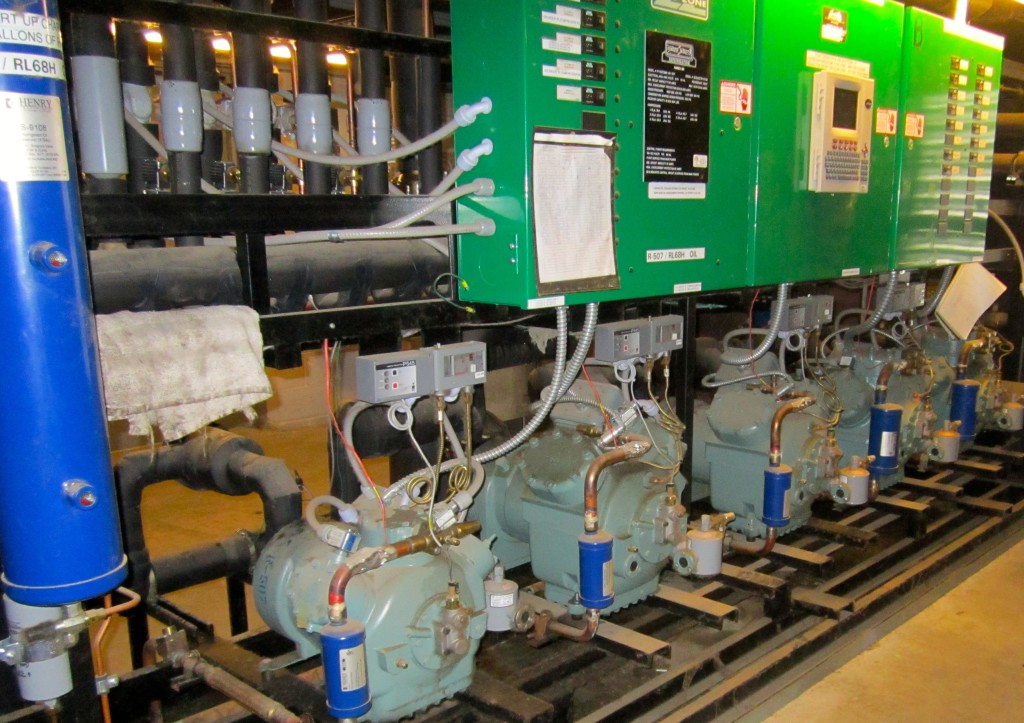Recently I prepared an ag equipment appraisal for a transportation company in the Sacramento Valley. The bulk of the equipment was rolling stock–trucks and agricultural trailers. During my research, I realized that the commercial trailers had increased tremendously in value as the years rolled by. Hopper trailers, in particular, are trading at premium prices right now, and not just in California. Part of the reason trailers don’t lose value as quickly as other agricultural and commercial vehicles is obvious: no engines to break down, no odometers, no hour meters and very few moving parts mean that maintenance is less complicated.
And the trailer fleet I appraised was remarkably well maintained. Old flatbed sets, straight (low rack) hopper sets, high rack hopper sets and high rack convertible sets had been stripped down to the frames and entirely rebuilt. The agricultural trailers had been sandblasted and repainted, with new brakes and wiring installed. Even though some of the trailers I inspected and appraised were over 25 years old, they looked and performed like new. You’ve probably seen ag trailers like these throughout the state, hauling agricultural commodities like tomatoes, rice, walnuts and grapes throughout California and beyond, on the highways linking the farmlands, ranches and orchards of Yuba City, Bakersfield, the San Joaquin Valley, Napa, Redding, Colusa and Visalia with food processing and packaging plants. Good looking, hard working trailers are important equipment in the food chain.
But increase in value depends not only on maintenance of the equipment, but also upon demand for the equipment. And increased trailer demand would explain, at least in part, the premium pricing used transportation trailers are experiencing in the market. Over at Trailer Body Builders, Kenny Vieth, president of ACT Research is quoted as saying, “Trailer production is still well below the rate required just to replace the trailers that are being retired. We still have the capacity to meet current demand, but that could change as we move through this year.”
Information from the ACT website indicates that demand for commercial trailers continues to rise nation-wide:
December factory shipments were up 12 percent from November and up 69 percent versus December of last year. In the latest release of State of the Industry: U.S. Trailers, ACT noted the surge in net orders has been broad based. Seven of the nine trailer categories reported triple digit year-over-year increases in December, led by a 417 percent gain in the “dry van” segment, the largest trailer market. For the full year, commercial trailer factory shipments rose 52 percent while net orders rose by 105 percent.
Market demand is one of the reasons that any USPAP equipment appraisal report should always include language reminding the client that the intended users of an appraisal report need to be aware that the values listed in the appraisal report are as of the effective date only and that market factors can change materially over time, thereby affecting the actual value of the equipment appraised. Any report you receive from a qualified, certified equipment appraiser should include similar language.
Jack Young
NorCal Valuation
